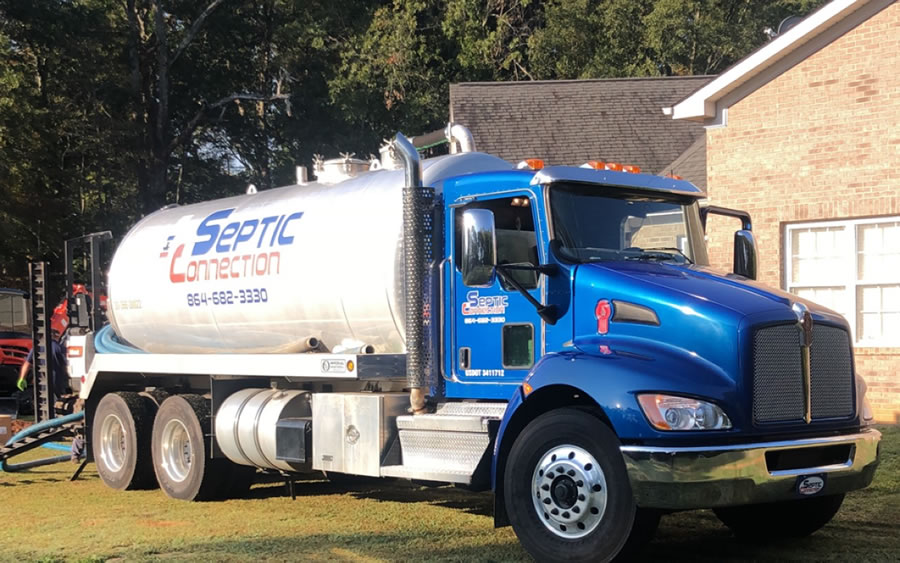Call This Tuesday to Get $25 OFF
Clean Solutions, Dirty Jobs – Done Right. Reliable. Responsive. Remarkable.
Call This Tuesday to Get $25 OFF
Clean Solutions, Dirty Jobs – Done Right. Reliable. Responsive. Remarkable.
When certain conditions make it impossible for homes to be connected with the city’s main sewer system, septic service systems come into the picture to save the day. Different septic systems need unique components in order to function, and an aerator is one of the important components of a residential sewage treatment system, as it helps to keep wastewater treatment efficient and effective. However, just like other mechanical devices, they have a limited lifespan, and as a homeowner, knowing the basics of these components and their lifespan gives you a good idea of what to expect when it comes to contacting professionals for septic services. If you know the factors that fasten the deterioration of an aerator, you can plan better for septic pumping, repairs, and replacements.

The function of aeration systems is to add oxygen to wastewater, which allows microorganisms to break down waste more quickly and efficiently than standard septic systems. There are 3 compartments in this system. The first is the pretreatment compartment, and this part functions pretty similarly to traditional anaerobic septic tanks. In this place, heavier particles settle at the bottom and lighter substances stay on the surface. After this step, the partially treated water goes to the aeration compartment, where an aerator oxygenates the water, which hastens the decomposition of the organic waste. The last compartment is the clarifier chamber, in which any leftover solids fall to the bottom and clean water moves on to a secondary treatment.
When we’re talking about a life span, if you are talking about a well-maintained aerobic system, we expect it to last 3 to 5 years. However, with good care, certain ones have a much longer lifespan. Giving a specific age is quite hard because the actual lifespan is determined by a number of elements, including brand, model, usage intensity, and maintenance procedures, as well as other outside factors.
Faulty Wires: Wires of the aerator can be damaged or corroded over time, causing electrical difficulties. As a result, the aerator will eventually start creating trouble. So, if you see any damaged wires, call a professional septic company.
Clogged Air Filter: Since an aerator provides oxygen, it naturally needs an air filter to keep dirt and impurities out of the system. If this filter becomes clogged, it can cause the aerator to fail.
Worn or Damaged Parts: An aerator has multiple components like bearings, seals, or impellers, which can get damaged over time and create aerator failures.
The septic system is an onsite waste treatment facility, and it is incredibly reliable. However, the system is only as effective…
Imagine flushing your toilet and then suddenly realizing that your backyard has turned into a swampy mess. This unpleasant experience is…
Soil testing is a critical step in various construction and environmental projects. It provides essential information about the ground conditions, which…
Grease traps are remarkable tools that help keep your establishment clean and free from bad odors. Septic Connection has a…
If you have just moved into a new home or property that relies on a septic system for waste and wastewater…
If your aerobic septic system is creating issues frequently and affecting your daily life, there’s no point in waiting longer. If you need professionals for septic cleaning, repair, or replacements, all you have to do is give a call to Septic Connection. Contact our staff today and schedule your appointment.
A properly functioning septic system is essential for protecting your home, property, and local environment. Unfortunately, many homeowners only think about their septic system when something goes wrong. As a…
Read moreYour septic system works hard every single day, quietly managing all the wastewater from your home. Because it’s hidden underground, many homeowners forget it even exists—until something goes wrong. But…
Read more